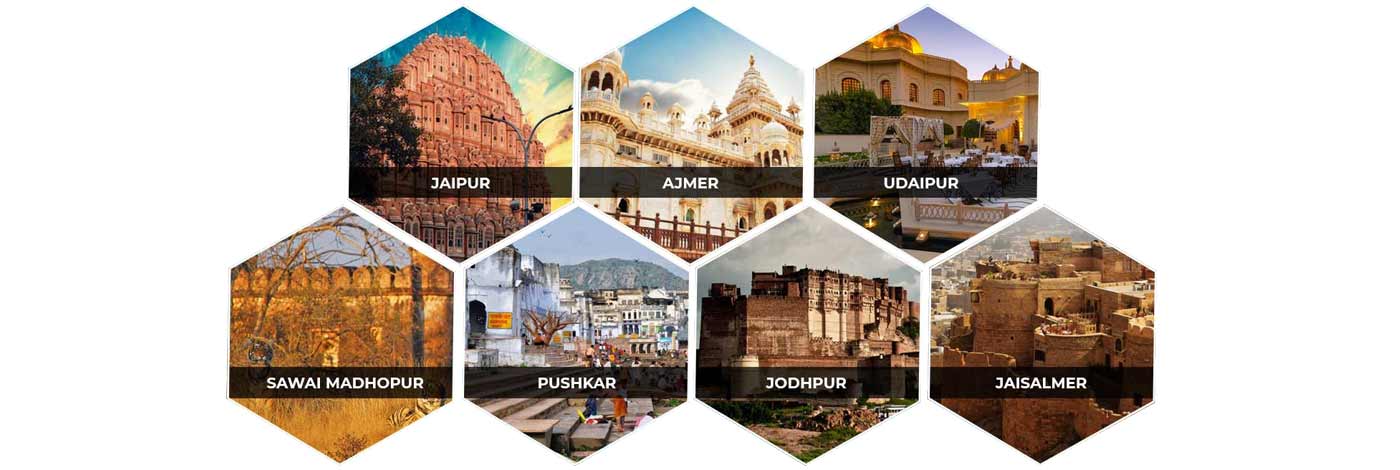
Music of Kalbelia Tribe
The Kalbelia or Kalbeliya or Karberia, as it is sometimes spelled is a dance form that is associated with a Rajasthani tribe of the same name. The dance form consists of swirling, graceful movements that make this dance a treat to behold. The movements associated with the Kalbelia also make it one of the most sensuous forms of folk dance in India. The Kalbelia dance is generally performed for any joyous celebration and is considered to be an integral part of the Kalbelia culture. Another unique aspect of the Kalbelia dance is that it is only performed by women while the men play the instruments and provide the music.
History
As previously mentioned, the Kalbelia dance is closely associated with the Kalbelia tribe of Rajasthan. The Kalbelia tribe follow Hindusim and are a nomadic tribe and are considered to be a fringe group in society. They prefer to live in paces just outside of villages and cities in makeshift camps called Deras. One of the most well known aspects of the Kalbelia tribe is their expertise as snake charmers and snake catchers. This connection to snakes can be seen in the Kalbelia dance as the costume, as well as the dance movements, resemble the movements made by serpents.
Performance
The Kalbelia is almost exclusively performed on stage by females while the men play the instruments. There are a number of traditional Indian instruments used during the performance of the Kalbelia such as the pakhwaja, the dholak, jhanjhar, sarangi as well as the harmonium. However, the most characteristic instrument played during a performance of the Kalbelia has to be the Pungi. The pungi, or been, is a wooden wind instrument that is played with no pauses. The been is synonymous with snake charming in India and ties in perfectly with the heritage of the Kalbelia tribe.
During the performance, the women sway, twirl and gyrate to the music and use acrobatic dance steps which showcase the dancers’ flexibility and litheness. As the performance goes on, the tempo of the Kalbelia dance increases and so does the pace of the dance steps. Due to the demanding nature of the dance, the performance is usually carried out in pairs with at least two pairs who swap stage-presence seamlessly. This lets the one half of the group catch their breath while at the same time not letting the pace of the dance slow down.
The Dance Costume
The Kalbelia dancers wear traditional dresses of their tribe when they are performing. The performers wear an Angrakhi on their upper body whose sleeves can either be half length or full length while their head is covered by an Odhani. They also wear a long skirt on their lower body which is called a Lehenga or a Ghagra which has a wide circumference. The whole dress is essentially black in colour with red decorative laces. It also employs silver thread that is sewed in an assortment of patterns on the black dress. This makes the dress resemble a black snake that has white spots or stripes more closely. It also features a lot of colourful patters and designs along with mirror work that help the dancer attract the attention of the audience.
Kalbelia dancers prefer to wear traditional jewelry during their performances. They wear beads and jewellery around their neck and their head in the form of elaborate necklaces and Maang-tikka. They also wear bangles and armlets. These can either be worn till the elbow or all the way up the arm. If the sleeve of the Angrakhi is full length, bangles need not be worn by the Kalbelia performers.
Top Things To Do In Rajasthan
Rajasthan is one of India’s best known regions. This princely state is a place of great antiquity, culture, culinary traditions and wildlife which draws visitors from all over the world. Whether wishing to explore one of Rajasthan’s magnificent forts, shop in some of India’s most authentic bazaars, ride an atmospheric local train or search for tiger and leopard in a national park, these are 12 of the best things to do in Rajasthan.
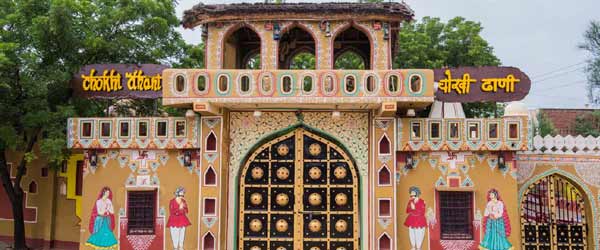
Chokhi Dhani Jaipur

Jeep Safari Ranthambore
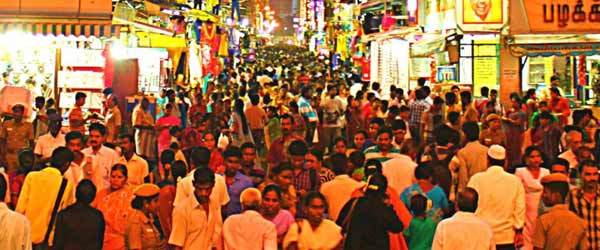
Johri Bazaar Jaipur
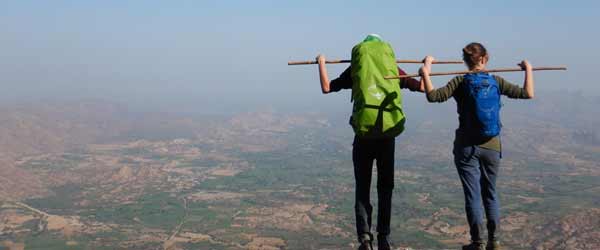
Trekking in Mount Abu
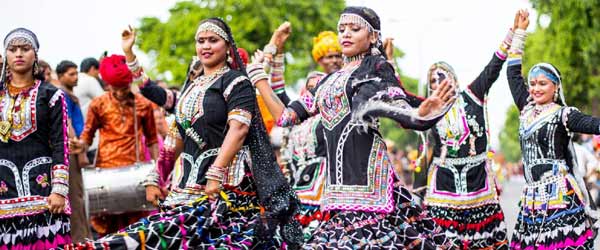
Music of Kalbelia tribe
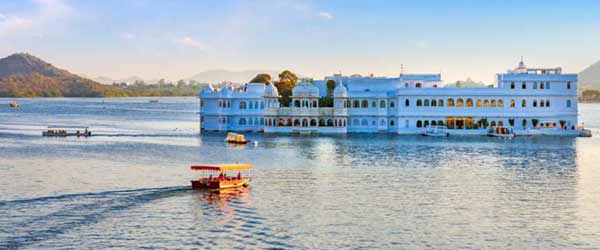
Boat Ride In Fateh Sagar Lake
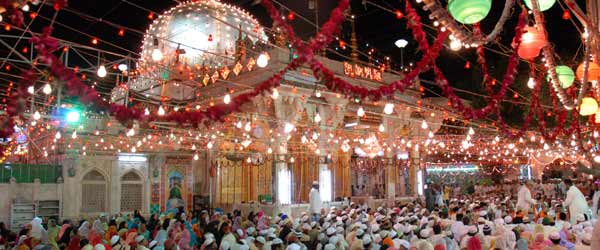
Prayers at Ajmer Shariff Dargah
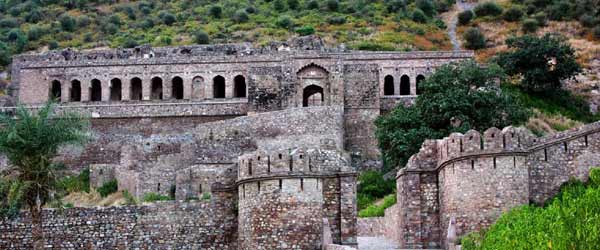
Most Haunted Place Bhangarh
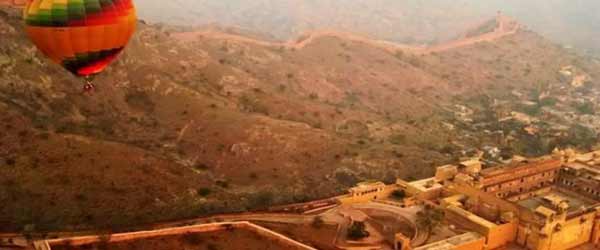
Hot Air Balloon Ride In Rajasthan
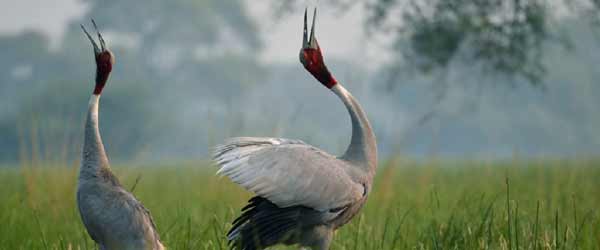
Bharatpur Bird Sanctuary Safari
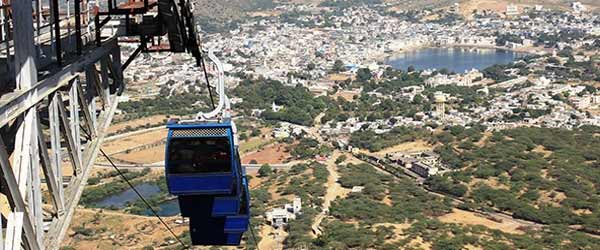
Pushkar Savitri Mata Ropeway
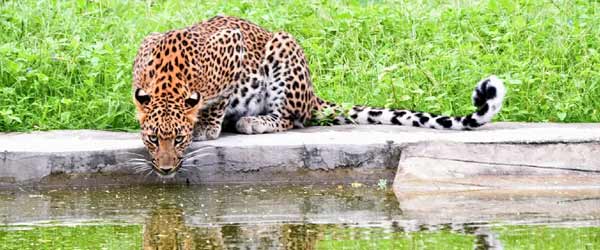
Jhalana Leopard Safari Jaipur
 +91 9549279999
+91 9549279999 